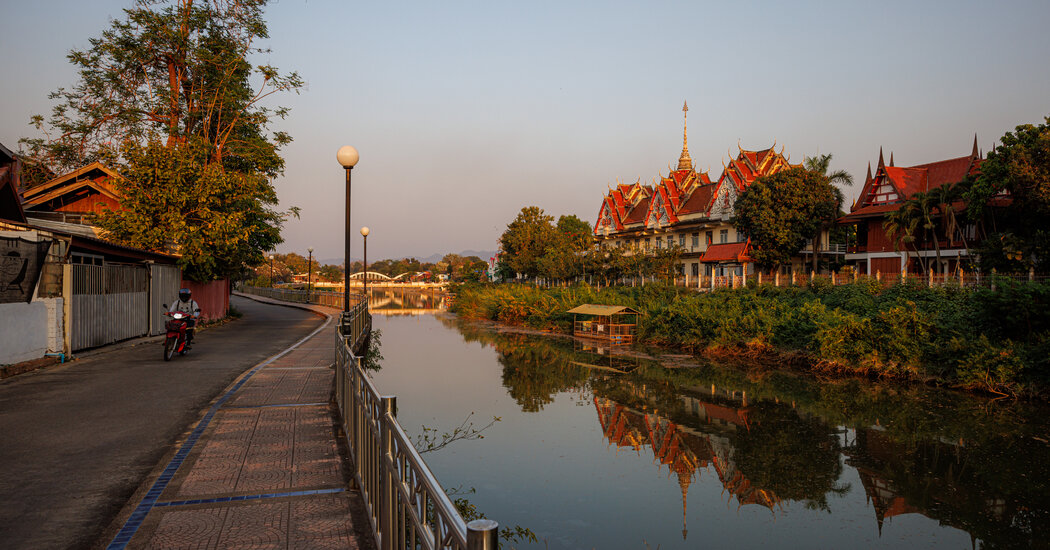
Thailand is renowned among hard-charging tourists for nightlife in Bangkok, full moon parties on Koh Phangan island and hedonistic walking streets in Pattaya. It’s also a magnet for the bohemian and wellness crowds who flock to the mountain destinations of Chiang Mai and Pai.
But mostly ignored by foreign tourists is Lampang, in Northern Thailand. This utterly charming, riverside city of about 90,000 people has preserved the historic architecture and stately squares from its days as a major city in the ancient Lanna kingdom and a hub in the teak lumber trade. Wooden temples from centuries ago and two-story teak mansions from the late 1800s and early 1900s still stand, and alongside the Wang River, the streets in the Kat Kong Ta enclave are like an open-air museum of well-preserved Chinese shophouses and European gingerbread-style buildings.
All around town are extremely friendly residents, as well as statues and images of chickens — from manhole covers to traffic circles. Chickens are the symbol of Lampang, and appear on its ceramics, acclaimed across Thailand, that include bowls and cups hand-painted with black-and-red roosters.
The charm in Lampang comes not from amusements and attractions built for tourists, but in exploring integral parts of a functioning city. Shophouses have evolved into boutiques and cafes. Ceramics factory stores are ideal for gift shopping. Even the horse carriages that clip-clop around town carrying tourists were originally the main transit for train passengers after the station opened in 1916.





